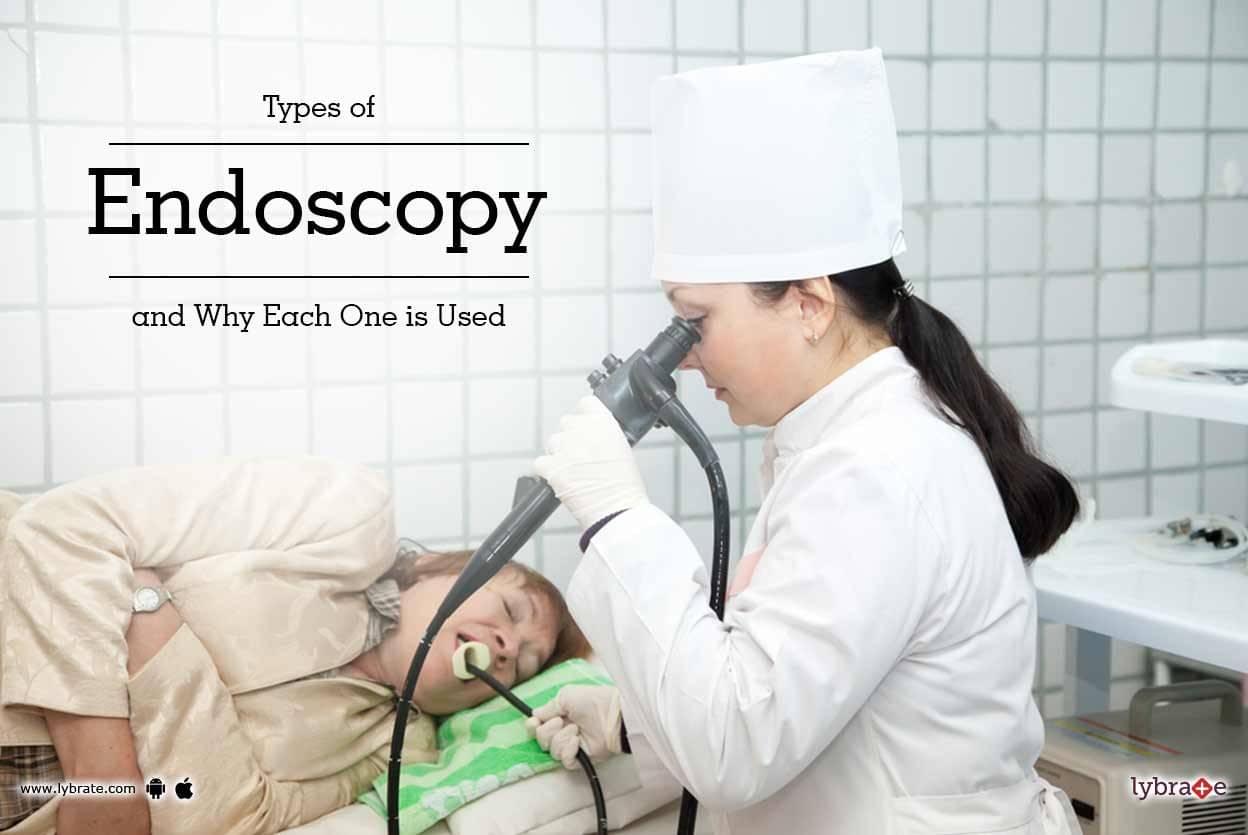
:max_bytes(150000):strip_icc()/562692_color1-5bc4e341c9e77c005108928b.png)
The final examination result will be available later, so please check the date of your subsequent outpatient examination.If you have undergone pigment endoscopy (such as indigo carmine), your stool may turn blue, but don’t worry.

Please avoid as much as possible 2-3 days. In addition, there is a stimulus meal, drinking, coffee, etc. Also, avoid long baths and take a shower. If you have tissue or polyps, please refrain from strenuous exercise on the day. Please do not drink on the day and stay in the shower. Drinking alcohol or bathing in hot water can cause bleeding. Do not exercise vigorously on the day of the test and rest. In rare cases, bleeding may occur from the area where the tissue is pinched. Those who took the tissue (those who had a biopsy) Those given intravenous sedatives should not drive for one day (24 hours). Please rest in the clinic for about an hour before returning. The effects of the injections used before the test will remain for some time. If you use antispasmodics or sedatives, please avoid driving the car after the inspection on the day of the inspection, depending on the type. Drink and eat according to the instructions at each facility (usually from 1 hour after the end of the examination and from 30 minutes to 1 hour after the nasal endoscopy). After about an hour, drink a small amount of water and ensure that you don’t get sick before eating. It is used for Respiratory depression Precautions after inspection MealĪnesthesia is effective in the throat for about 1 hour after the test. Glaucoma, respiratory depression Pethidine Heart disease, glaucoma, benign prostatic hyperplasia Midazolam History of local anesthetic hypersensitivity (those who have trouble with dental anesthesia, etc.) Butyl scopolamine Leaves no special side effects on the patient Xylocaine spray The medicines used for gastroscopy leaves different side effects on the patients the side effects of these drugs are as follows: Gascon drop Side effects of the drug used for the test In rare cases, bleeding or perforation may occur, so in principle, you should be hospitalized. After excision, an artificial ulcer develops in the lesion. However, please consult with your doctor as the indication will be determined strictly according to the size and depth of the lesion and the type of cancer. Methods are divided into polypectomy, endoscopic mucosal resection (EMR), and endoscopic submucosal dissection (ESD), and early cancer, which previously required surgery, can now be resected by endoscopic treatment, which is less burdensome to the body. This is a method of eliminating early cancer, mainly in the esophagus and stomach, using an endoscope. It is a method of removing polyps and cancer using an endoscope. It has been reported that 0.005% of oral upper gastrointestinal endoscopy and 0.024% of nasal upper gastrointestinal endoscopy for observation in 2008-2012. In rare cases of upper gastrointestinal endoscopy, gastrointestinal bleeding and perforation may occur in this case, hospitalization or urgent treatment/surgery may be required. The doctor in charge will explain the test results at the time of the outpatient visit after the test.Ĭomplications of esophagogastroduodenoscopy.Those who have used sedatives will be asked to rest for about an hour at the hospital after the test before returning home.The nurse in charge of the examination will explain the internal medication after the examination.The nurse will give you an explanation sheet about the precautions after the test.You cannot eat or drink for 1-2 hours until your throat is anesthetized.You can also perform a surgical procedure. Both tests allow observation and tissue sampling (biopsy: picking out a tiny piece of tissue and examining it in detail with a microscope, etc.) and a simple endoscope if necessary. These two endoscopies diagnose the presence of neoplastic lesions such as inflammation and early cancer in the gastrointestinal tract. Our clinic performs esophagogastroduodenoscopy (gastric camera) that directly observes the esophagus, stomach, duodenum, etc., and lower gastrointestinal endoscopy (colonoscopy) that directly monitors the inside of the large intestine.


 0 kommentar(er)
0 kommentar(er)
